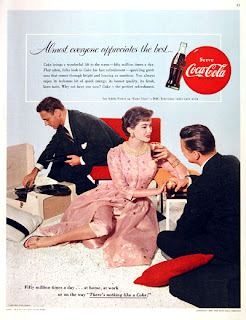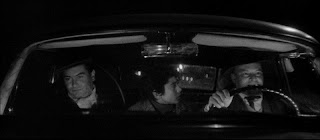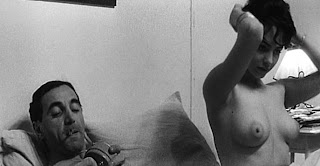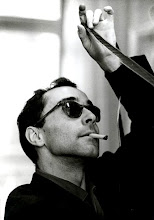"Koroshi No Rakuin" (a.k.a. "Branded to Kill") is Seijun Suzuki's magnum opus - as it tops everything the director had done before and after. It is many things - in other words, it doesn't fit into one neat little package. It is both real and surreal. A stylish crime picture and dark comedy. The main character, Goro Hanada (played by the always cool Jo Shishido), is the no. 3 killer in all of Japan. He is rough, suave, and - need I say - deadly. He also has an odd fetish for boiling rice. The film is about him trying to become the no. 1 killer. Along the way, we'll be engrossed in a world where one wrong turn costs you your life. A world where women are either deadly and hate men or deadly and like to sleep around with men. The raw, black and white, nightime cinematography, the jazzy soundtrack, and the stylized violence all add to the 60's coolness that emanates from every single frame.
Perhaps "Koroshi No Rakuin" is special to me because it was one of two films (the other being "Alphaville") that really got me hooked on foreign films. It also - to me, at least - is an example of cinema at it's best.








